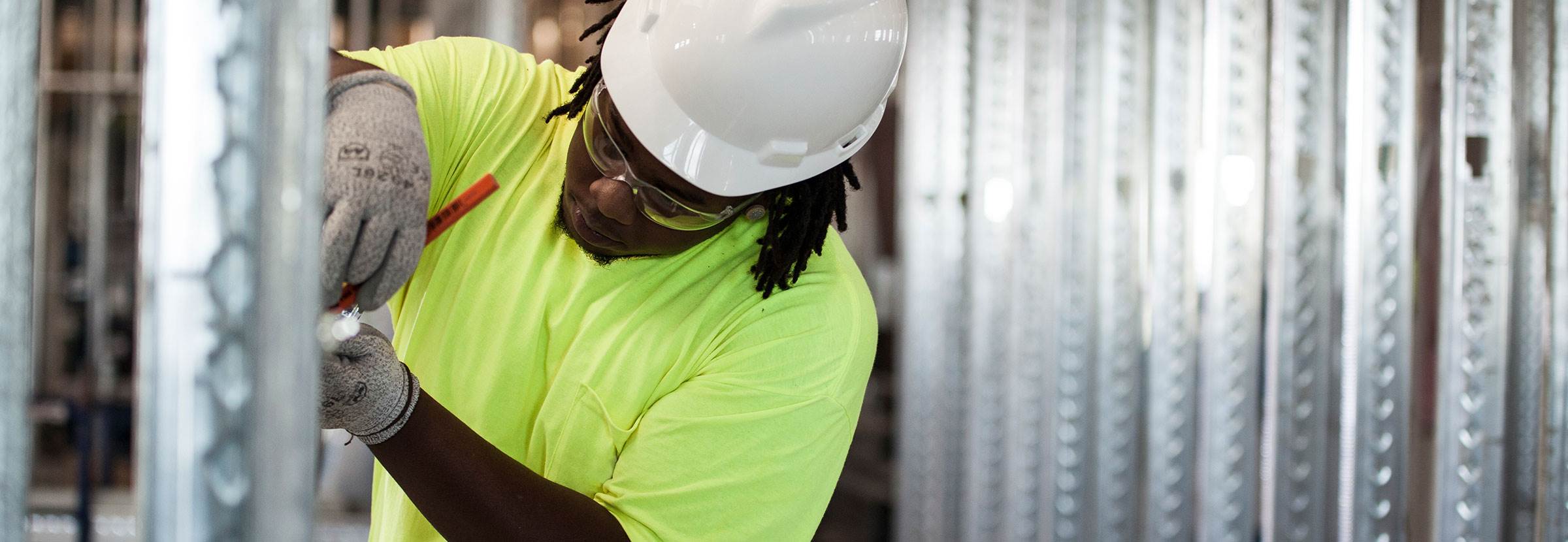SBA Issues Two Interim Final Rules Regarding the PPP as Amended by the Most Recent COVID-19 Stimulus Package
The U.S. Small Business Administration issued a pair of interim final rules (IFRs) addressing Paycheck Protection Program (PPP) “first draw” loans (a borrower’s first PPP loan) and “second draw” loans (a borrower’s second PPP loan) as amended by the omnibus funding package signed into law on December 27, 2020. As detailed previously, the omnibus funding package, also known as the Economic Aid Act: (1) reauthorized lending under the PPP through March 31, 2021; (2) modified provisions related to making first draw PPP loans; and (3) authorizes second draw PPP loans for borrowers that previously received a PPP loan.
Under the first IFR, which focuses on first draw PPP loans, the maximum PPP loan remains $10 million. Eligible borrowers must have been in operation on February 15, 2020 and include businesses that employ no more than 500 employees, as well as 501(c)(6) organizations that do not receive more than 15 percent of receipts from lobbying.
Under the second IFR focused on second draw PPP loans, borrowers who already received a first PPP loan are eligible to receive a second PPP loan if the borrower has: (1) 300 or fewer employees; (2) used the full amount of their first PPP loan to pay eligible expenses before a second PPP loan may be received; and (3) experienced a reduction of 25 percent or more in “gross receipts” for any 2020 quarter as compared to the same quarter in 2019. A borrower can also satisfy this requirement where the borrower was in operation for all of 2019 and total 2020 annual gross receipts declined by at least 25 percent as compared with 2019. “Gross receipts” are defined to include all revenue in whatever form received or accrued from whatever source, including from the sales of products or services, interest, dividends, rents, royalties, fees, or commissions, reduced by returns and allowances. Forgiven 2020 PPP loans, however, are not included in 2020 gross receipts for these purposes.
Both first draw and second draw PPP loans will be for up to 2.5 times average monthly payroll costs (capped at $100,000 per employee annually in 2019, 2020, or the year prior to the loan). In addition, eligible expenses for both first draw and second law PPP loans continue to include payroll, rent, covered mortgage interest, and utilities and have been expanded to include: (1) certain worker protection and facility modification expenditures (including personal protective equipment) to comply with COVID-19 federal health and safety guidelines; (2) certain property damage costs related to property damage and vandalism or looting due to public disturbances in 2020 that were not covered by insurance or other compensation; (3) expenditures to suppliers that were essential at the time of purchase to the recipient’s current operations; and (4) other operating expenditures, such as payments for business software or cloud computing services, product or service delivery expenses, etc. For expenses to be forgivable, borrowers will have to spend at least 60 percent of the loan proceeds on payroll over an eight- or 24-week period. In this regard, the loan forgiveness period is the period beginning on the date the lender disburses a PPP loan and ending on any date selected by the borrower that occurs during the period: (1) beginning on the date that is eight weeks after the date of disbursement; and (2) ending on the date that is 24 weeks after the date of disbursement.
Both of these interim final rules are effective as of January 12, 2021. Comments are due by February 16, 2021 and can be submitted here using Docket IDs SBA-2021-0001 and SBA 2021-0002 (respectively).
© 2024 Signatory Wall and Ceiling Contractors Alliance (SWACCA). All rights reserved.
